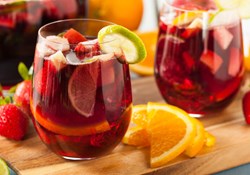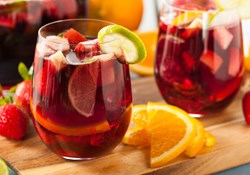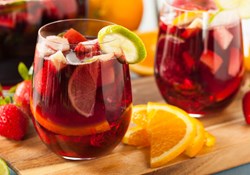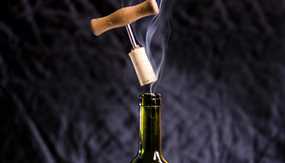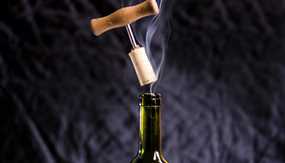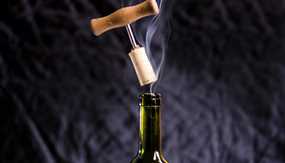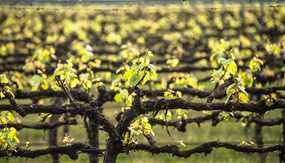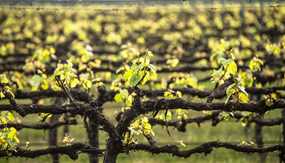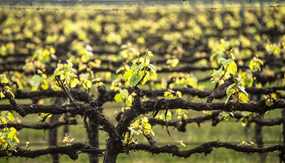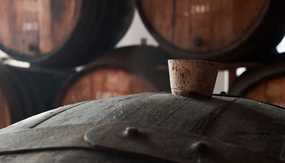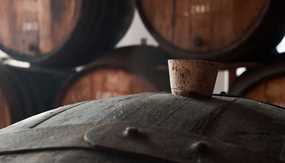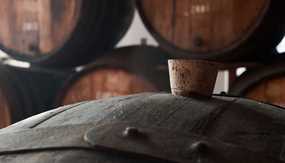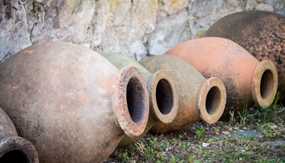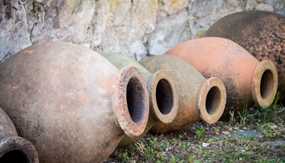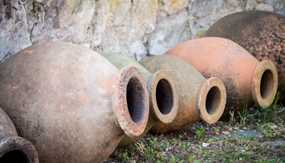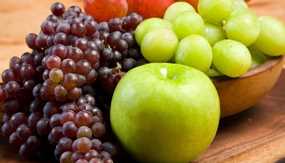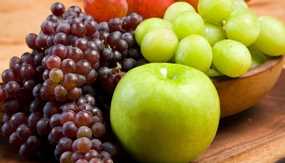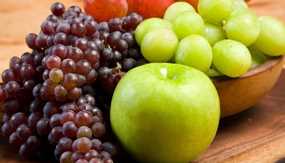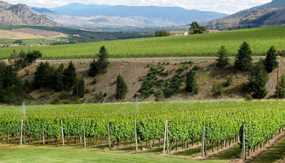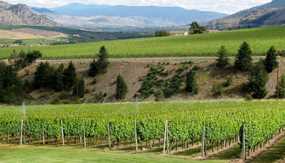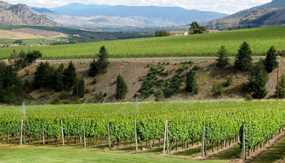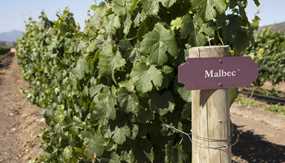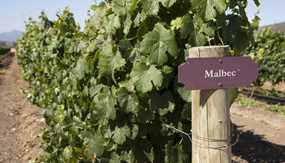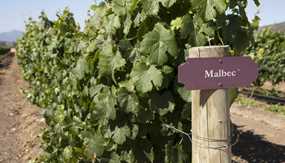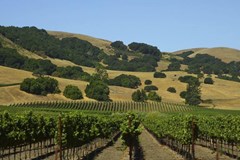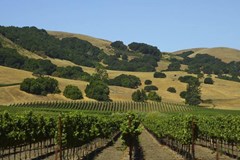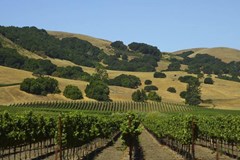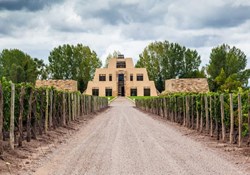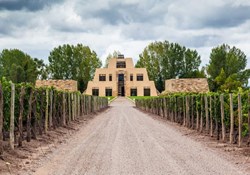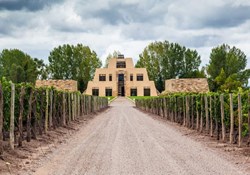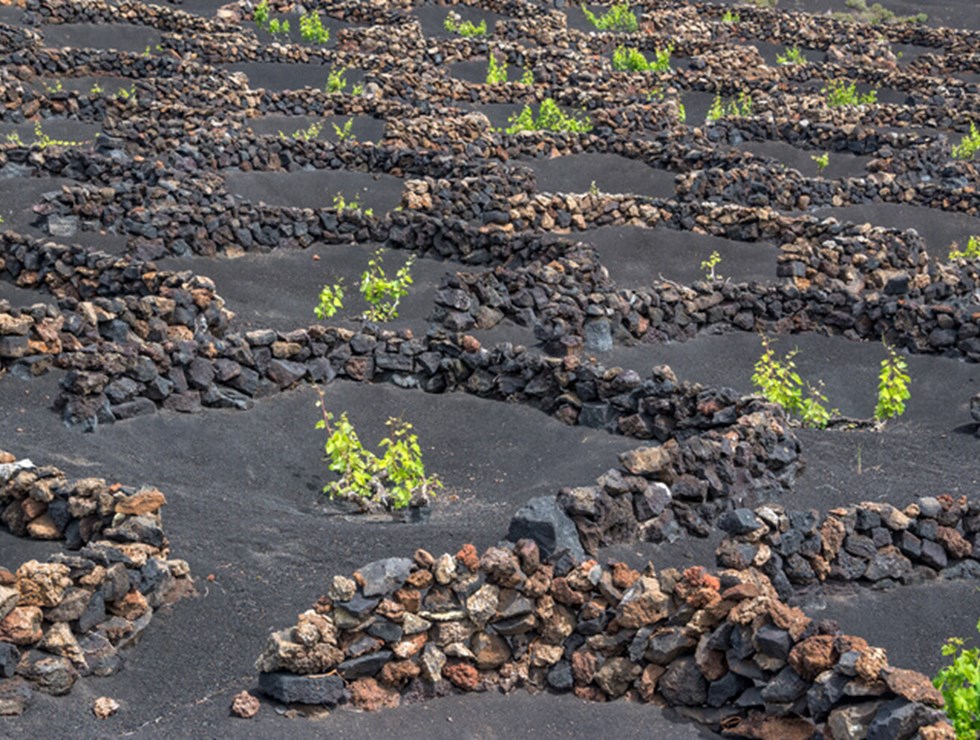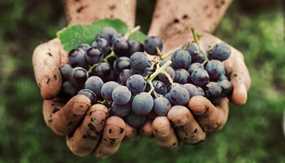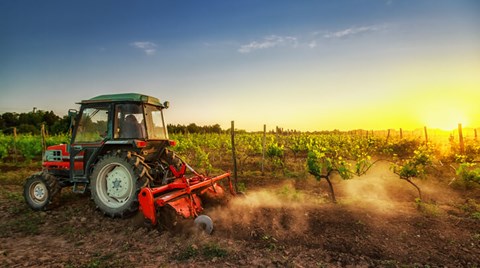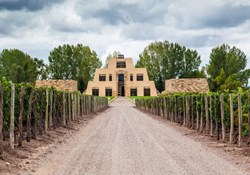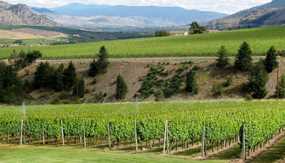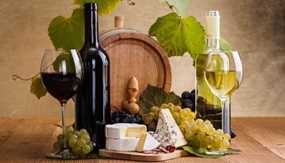Francisco Lambert, draws inspiration from the region's vineyards and olive orchards to explore a rich tapestry of wine flavors. With a global background spanning the Caribbean, the U.K, and Australia, Francisco’s writings, akin to those of Alice Simard, weave narratives that transcend mere tasting notes, delving into the cultural heritage and history that breathe life into each bottle.
Articles by Francisco Lambert
The best wines to use for red sangria are Spanish reds from the Rioja region. Our Red Sangria recipe is designed as a perfect standalone...
Some wines are more susceptible to oxidation than others. Pinot Noir, for example, is highly sensitive and prone to quicker oxidation. An...
Both pruning and training refer to the practice of removing selected plant parts, in order to manipulate a grapevine into acting in a...
French oak used for barrel making is often grown in one of five forests, Nevers, Tronçais, Allier, Limousin and Vosges. Oak used for barrel...
Qvevri wines are made using either red or white native Georgian grape varieties. Grapes are crushed and placed into buried qvevri, complete...
Malbec’s mild tannins are a great match to grilled, thick-fleshed fish. Malbec also pairs perfectly with rich tomato sauce-based pasta...
Aromatic white wines are defined by intense fruit, floral or spice aromas. The pronounced aromas they display come from a higher than...
Wine grapes are smaller with large, hard seeds for the production of tannin while table grapes are large with small seeds for added juice...
Maceration is the oenological term used to describe the process of extraction from grapes. It can be done before, during or after...
Pedology and Edaphology are the two divisions that make up the study of soil, otherwise referred to as soil science. Along with climate,...
A fortified wine is a wine that has a higher content of alcohol, or alcohol by volume content (ABV), achieved through the addition of a...
While terroir itself has no defined flavor, how terroir affects wine is determined by a combination of soil, climate, temperature,...
When it comes to viticulture, Botrytis Cinerea is arguably the most important fungus around. Its effect on the quality and quantity of a...
When wines that were produced to be consumed young are aged for too long (exact time period varies depending on the wine, but think 2 - 3...
'Somm' documents the journey of four rising sommeliers as they prepare for the daunting Master Sommelier exam to become part of the Court...
T.V. Munson was an American viticulturalist who perfected the science of vine grafting, saving the European wine industry after grafting...
Of all the varietal wines produced in Argentina, Torrontés is remarkable in that it is a truly native Argentine grape variety. The grape is...
When we use the term oxidized, what we mean to say is that it has been exposed to an exceptional amount of oxygen. An oxidized wine can be...
It may then come as a surprise to many to learn that Malbec is actually a French grape variety, brought over in the 1800s after The Great...
Wine bottles come in all kinds of different sizes, like the magnum, double magnum, jeroboam, Nebuchadnezzar and the standard 750 ml bottle...
Few can claim to have had as profound an impact on modern day viticulture as Albert J. Winkler. He was a horticulturist” and “the father of...
Phylloxera is a microscopic aphid that feeds on the roots of grapevines; it is responsible for the Great French Wine Blight. Also known as...
Historical and religious writings reveal that wine existed as far back as Egyptian times, but instead it is the Ancient Romans that we have...
Bienconvino, which translates into "good with wine", is the brainchild of Argentinian sommeliers Valeria Mortara and Mariana Achavál. This...
The 2016 Argentinian varietal harvest has only recently been completed - more than one month late in certain parts of the country. The...
When it comes to making wine of the corresponding color, it’s not quite as simple as red grapes produce red wine, white grapes produce...
While Pinot Noir grapes are grown in Mendoza, Argentina’s best-known wine region, it is in Patagonia that the variety truly thrives....
While Malbec remains the country’s most recognized grape variety, the country also offers a mixture of reds in the way of Bonarda, Syrah,...
